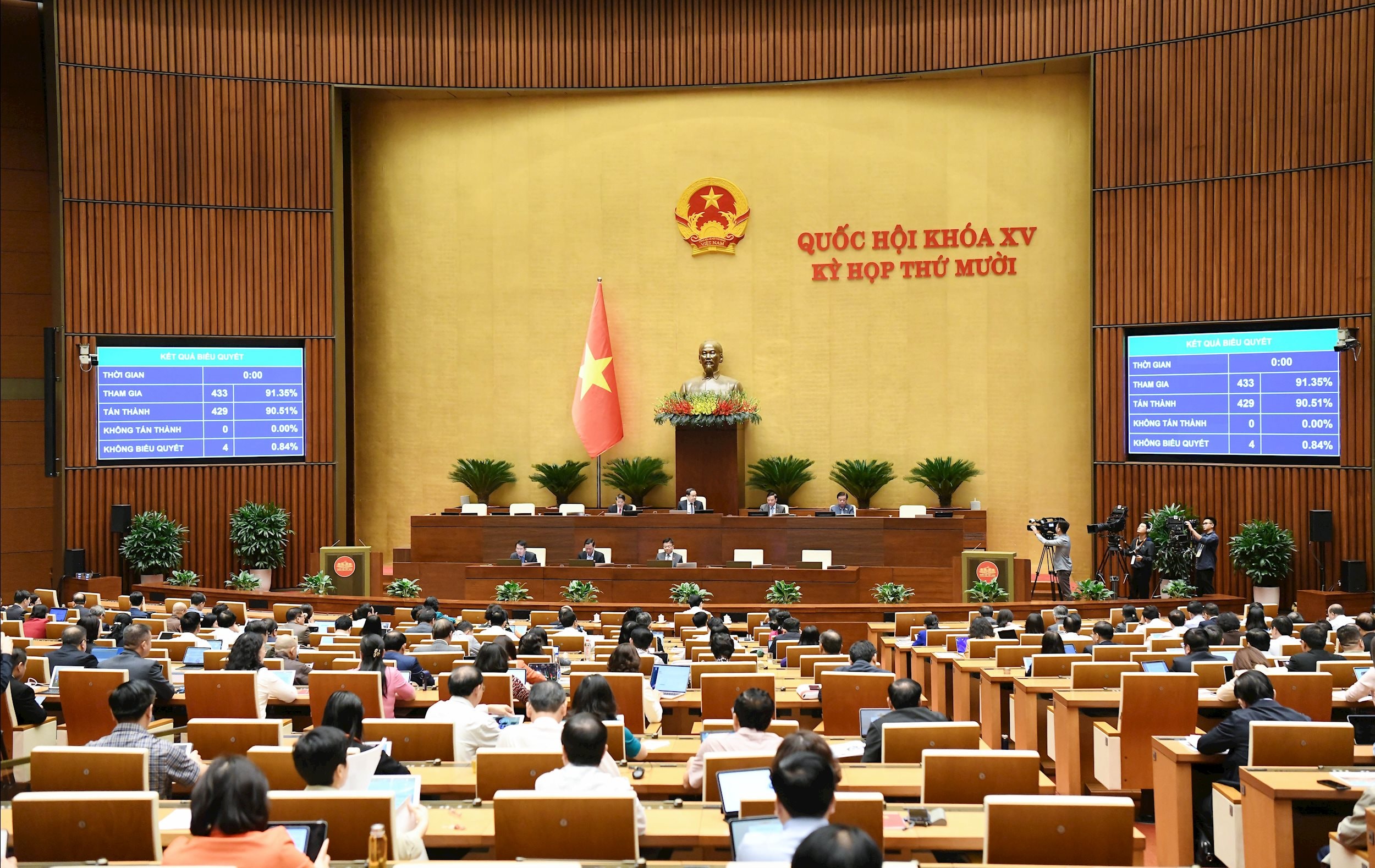
Over the past decade, institutional reform has been slow and overlapping, with many legal, decentralization and administrative process bottlenecks. Although investment has been made in transport, energy, technology and urban infrastructure, it is still not synchronized, digital data is scattered, making it difficult to share and manage. High-quality human resources are still lacking, education and digital skills have not met the requirements of the 4.0 era, causing the three strategic breakthroughs in institutions, infrastructure and human resources to not be effective. Therefore, Vietnam needs to continue to consolidate and improve the quality of these three pillars, considering them as a long-term foundation and stable orientation for national development, avoiding resource dispersion and ensuring the creation of new breakthroughs in the coming period.
The content of institutional breakthroughs in the period 2026 - 2030
In the previous period, the work of perfecting the socialist-oriented market economic institution focused on building and perfecting the legal framework. Moving to the 2026 - 2030 period, it is necessary to shift to ensuring the enforcement, effectiveness and efficiency of the institution, thereby creating transparency, consistency and stability of policies, strengthening the confidence of businesses and investors.
More importantly, the institution must be deeply embedded in people's lives, contributing to building an environment of equal competition in society, eliminating privileges and benefits. At the same time, it is necessary to change the role of the State from "doing for" to "creating, supervising and supporting", enhancing the accountability of the public apparatus. This is the key requirement for the private economy to truly become an important driving force as affirmed by the Resolution of the 13th National Congress.
Perfecting institutions on digital transformation, innovation and green economy in the new period must be visionary to pave the way for the development of digital economy, digital society, information security, cross-border electronic transactions, digital asset management and strict regulations on personal data protection in the digital environment.
Focus on developing green economy and sustainable development in carbon pricing, building regulations on carbon credit market, policies to attract investment in renewable energy and implementing circular economy. Perfecting innovation and science and technology policies in institutionalizing sandbox, encouraging investment in R&D and intellectual property protection regulations.
The next institutional breakthrough must be more decentralised, with power and responsibility attached, while at the same time strengthening supervision, transparency in governance and control of power to avoid abuse of power. Because no matter how good an institution is, it will be difficult to operate effectively without an honest enforcement team, capable of performing its duties and with the spirit of serving the people.
Digital infrastructure goes one step ahead , energy security must be guaranteed
Digital infrastructure is not just 5G cables and stations, but an ecosystem of international and domestic connections (optical cables, submarine cables), data centers and cloud computing, digital identity (e-ID), citizen data platforms and open data, electronic payments, cybersecurity and green energy sources for data centers. Vietnam has made important progress but needs to prioritize to create a strategic "leap".
In the next 5 years, it is necessary to focus on ensuring core infrastructure and international connectivity because large bandwidth and multiple routes help reduce costs and increase stability for AI services, cloud, and cross-border trade. Adding more submarine cables and expanding Internet exchange points helps reduce latency and the risk of dependence on routes from other countries.
Build data centers according to green regulatory standards. Complete and synchronously deploy digital identification and public platforms because this is the stepping stone for financial services, public administration, cross-border e-commerce and when all organizations use the same identification standard, the development of digital services will accelerate strongly.
Implement the Data Law and national data governance framework to effectively exploit common data. Develop a strategy for developing cybersecurity, preventing attack risks, resilience and green energy for digital infrastructure.
In terms of energy, we not only lack electricity, but also a flexible energy institution to mobilize new resources for national energy development. Therefore, the key solutions for the next 5 years include: perfecting institutions and competitive electricity markets; allowing direct power purchase agreements (DPPA) between production enterprises, large energy consuming enterprises and renewable energy plants.
Strongly develop renewable energy associated with electricity storage systems, focusing on investing in offshore wind power, rooftop solar power, and biomass power for industrial parks and urban areas. Encourage energy storage and pumped storage hydropower projects to help balance capacity between peak and off-peak hours of electricity consumption. Include the criteria of “green - clean - stable electricity” in the strategy to attract high-tech FDI.
Prioritize investment in smart grids and automated dispatch systems connecting distributed renewable energy sources. Apply new technologies such as AI, IoT and big data to optimize operations, forecast demand, warn of risks and manage energy security in real time. Deploy the North-South ultra-high voltage grid to release wind and solar capacity in the Central and Southern regions.
Promote green transformation in energy consumption, encourage industrial enterprises to apply ISO 50001, ESG and RE100 certification. Develop carbon credit market to price emissions and encourage energy saving.
Take advantage of the Fair Energy Transition Partnership (JETP) mechanism to attract green capital, transfer technology and train new energy human resources. Develop risk guarantee and revenue sharing mechanisms to attract private investors, especially in the field of offshore wind power and energy storage systems.
Forming an elite "strategic human resource class"
Clearly identify the elite areas that need priority and are the country's strengths to become the core strategy associated with the industrialization orientation.
With Vietnam's strengths, the elite training axis where the state, businesses and university training programs focus on the field of biotechnology and biomedicine (serving healthcare, agriculture, and functional foods). Establish a "human resources triangle" mechanism: State - Businesses - Universities to effectively train key human resources. In which, the state plays a role in building a national strategy for elite human resources, granting full scholarships, supporting research and high-tech startups. Businesses participate in co-designing training programs and placing specialized orders. Universities and research institutes must become centers for nurturing talents by linking international training and promoting technology transfer.
Build a national elite university network by selecting key national universities in each key training field to invest in a stable budget, have a high level of autonomy and attract many international experts. Create a “carpet-rolling” mechanism for experts and overseas students returning home.
Establish a national talent fund to provide financial support, housing, income tax and research conditions for overseas Vietnamese experts and intellectuals contributing to the country. Allow a special recruitment mechanism for senior personnel working abroad to return to work in the country with competitive remuneration.
Of the three strategic breakthroughs, institutions are the prerequisite to unlock the remaining two, and Vietnam needs a new generation of institutional breakthroughs where power is controlled, innovation is protected, and resources are allocated fairly, transparently and effectively. At that time, institutions will not only be a “legal framework”, but will become a “development engine” for the country to enter the stage of high-tech industry and sustainable development.
Source: https://daibieunhandan.vn/dot-pha-chien-luoc-the-che-ha-tang-nhan-luc-ba-tru-cot-phat-tien-dat-nuoc-10396825.html





![[Photo] Prime Minister concludes trip to attend G20 Summit in South Africa](/_next/image?url=https%3A%2F%2Fvphoto.vietnam.vn%2Fthumb%2F1200x675%2Fvietnam%2Fresource%2FIMAGE%2F2025%2F11%2F24%2F1763944494358_vna-potal-thu-tuong-ket-thuc-chuyen-tham-du-hoi-nghi-thuong-dinh-g20-tai-nam-phi-8428321-4810-jpg.webp&w=3840&q=75)



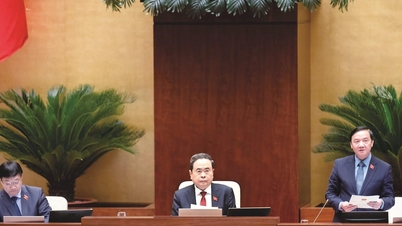





















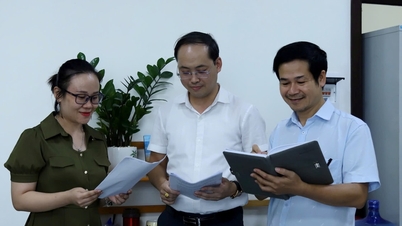


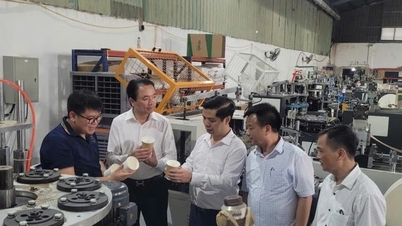
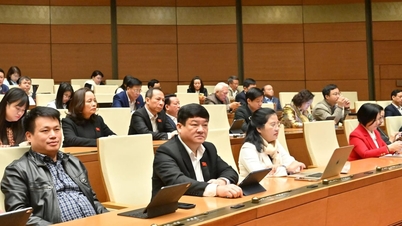







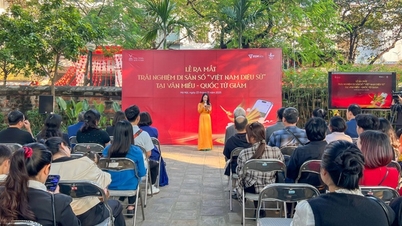





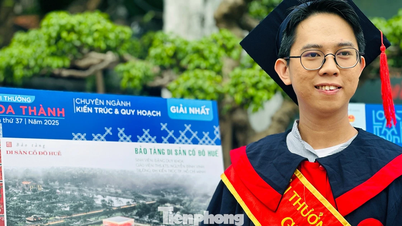




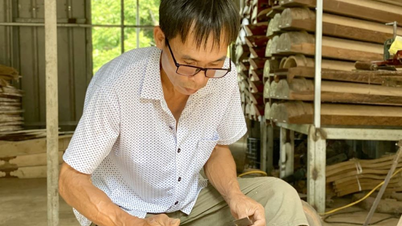


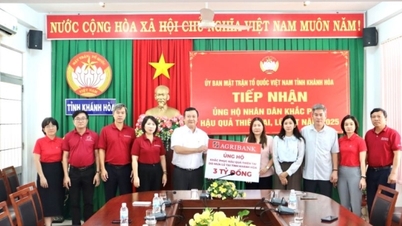






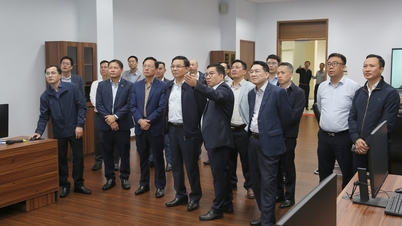










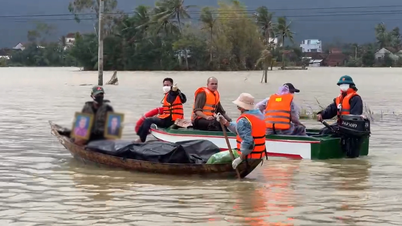







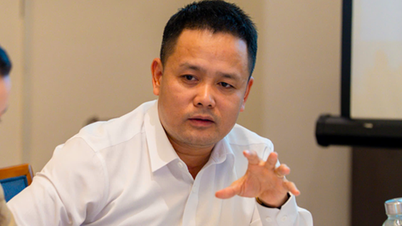








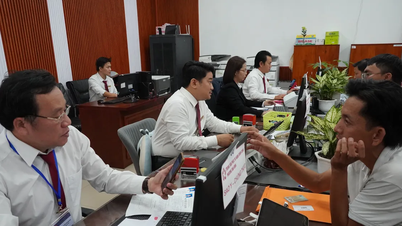














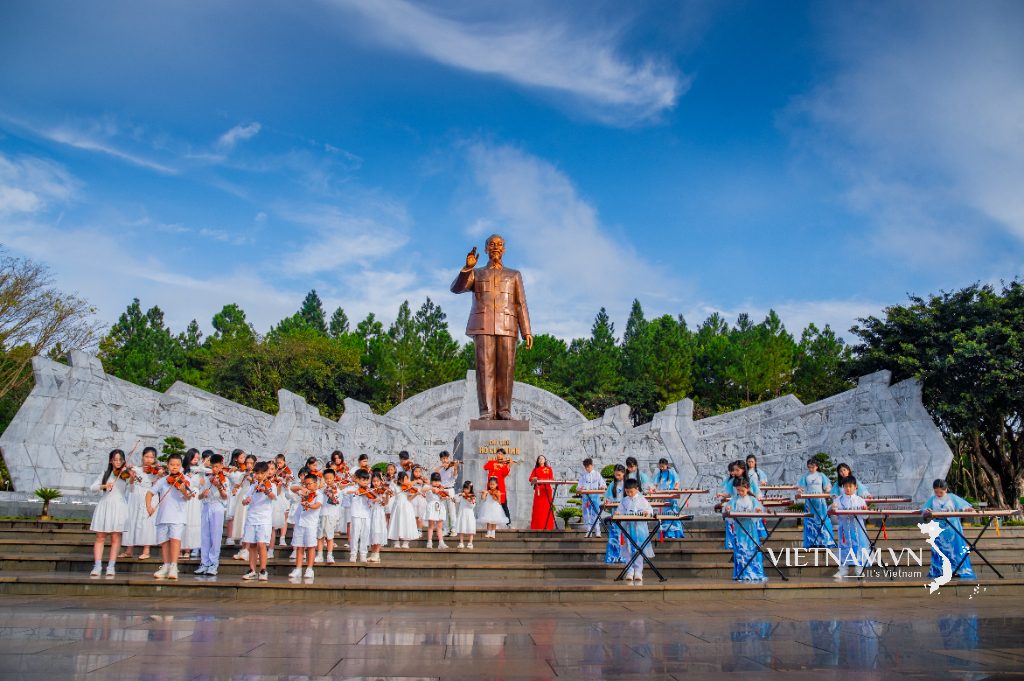

Comment (0)